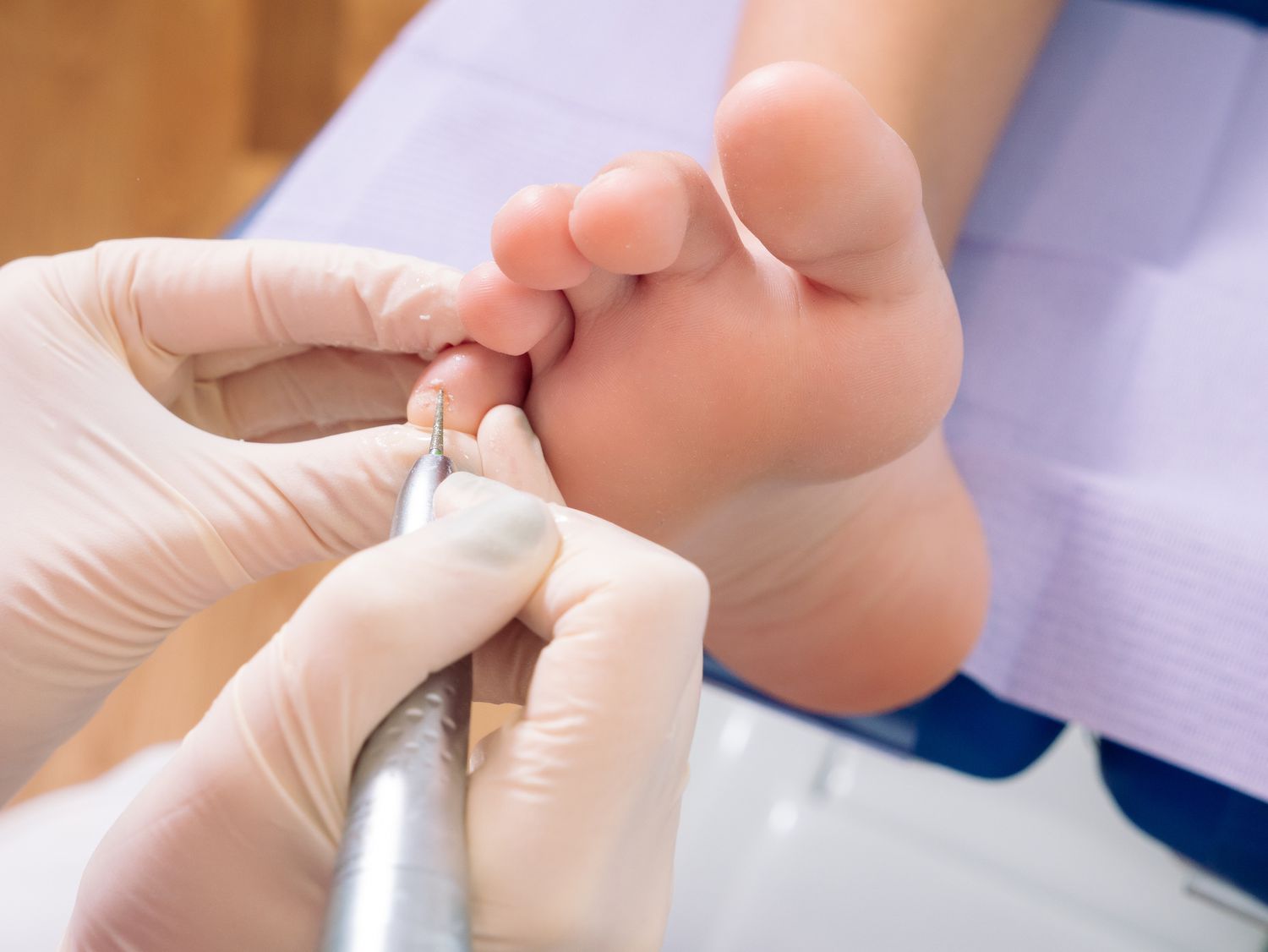Podiatry plays a big role in public health. Our feet support us every day. They deserve attention and care. From routine check-ups to addressing serious concerns like foot and ankle surgery erin tn, podiatry impacts overall community well-being. Good foot health supports mobility, reduces pain, and boosts quality of life. In communities across the globe, podiatry is making strides towards a healthier future.
The Importance of Foot Health
Our feet often go unnoticed until there’s a problem. Yet, healthy feet are key to maintaining an active lifestyle. Poor foot health can lead to various problems. These include back pain, posture issues, and reduced mobility. Regular podiatric care can prevent these problems.
Moreover, foot health reflects overall health. Conditions like diabetes and arthritis often first show symptoms in the feet. Early detection through foot exams can lead to timely treatment. This not only improves health outcomes but also reduces healthcare costs.
Podiatry’s Role in Community Health
Podiatrists do more than treat foot pain. They educate about footwear, foot hygiene, and preventive care. In many regions, podiatry is part of public health initiatives. These programs aim to reduce the incidence of foot-related conditions.
For instance, foot health programs in schools teach children the importance of foot care. This helps establish healthy habits early. Community workshops and health fairs offer foot screenings, highlighting the importance of regular podiatric visits.

Comparing Foot Health Challenges
Foot health challenges vary by region and demographic. Here’s a comparison of common foot conditions across different age groups:
| Age Group | Common Conditions |
|---|---|
| Children | Flat feet, toe walking, ingrown toenails |
| Adults | Bunions, plantar fasciitis, heel spurs |
| Seniors | Arthritis, diabetic foot, neuropathy |
Addressing these conditions requires tailored approaches. Podiatrists work with other healthcare professionals to provide comprehensive care.
Prevention and Education
Prevention is key in podiatry. Simple steps can prevent many foot problems. These include wearing appropriate shoes, maintaining foot hygiene, and getting regular check-ups. Educational resources and community outreach programs emphasize these aspects.
Organizations like the Centers for Disease Control and Prevention (CDC) provide guidelines for foot care, especially for those with chronic conditions. Such resources are vital in spreading awareness and reducing the burden of foot-related diseases.
Conclusion
Podiatry is essential in fostering community well-being. By addressing foot health, we enhance mobility and quality of life. Communities benefit from reduced healthcare costs and improved public health outcomes. Continued investment in podiatry and public health programs is crucial. Together, we’re making strides towards a healthier future for all.




